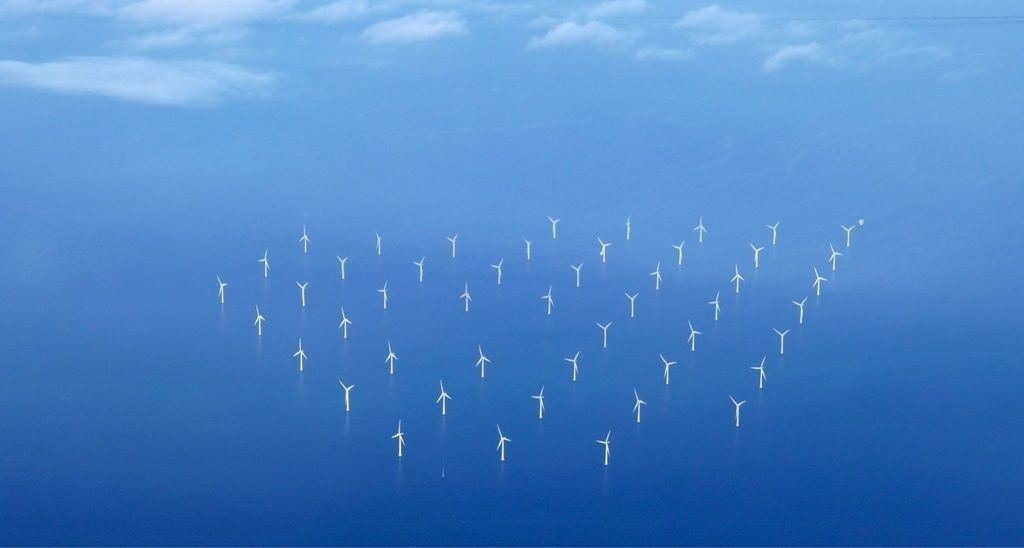Annual climate finance flows for 2021 surpassed $1trn for the first time, according to a study from the Climate Policy Initiative (CPI). However, flows will need to increase by at least five-fold annually by 2030 to avoid the worst impacts of climate change.
According to CPI’s Global Landscape of Climate Finance 2023, the average annual flows in 2021/2022 reached almost $1.3trn, double the levels seen in 2019/2020. Some of this increase was attributed to better data availability and other methodological improvements, which CPI sees as a positive sign that more and higher quality climate finance data is being compiled, tagged and made publicly available.
Given the need for mobilising capital at the scale required, CPI suggests prioritising financial system transformation; bridging climate and development needs; strengthening domestic action; and improving action on data.
“While crossing the $1trn threshold is undeniably good news, it is important to emphasise that this represents just 1% of global GDP,” said Dr Barbara Buchner, global managing director at the CPI.
“All actors must accelerate investments now to significantly reduce future economic and social costs, but it is not just about costs – there are immense opportunities for businesses to pursue low-carbon and climate-resilient pathways.”
Breaking down climate finance by use, geography and source, CPI’s study shows that the vast majority of tracked climate finance continues to flow towards activities for mitigation, particularly renewable energy and low-carbon transport, sectors which are often perceived as less risky by investors.
Like climate finance, adaptation finance reached an all-time high in 2021, growing 28% from 2019/2020 levels to $63bn. But this is also far short of estimated $212bn per year by 2030 needed for developing countries alone, with the public sector continuing to provide almost all of adaptation finance.
Meanwhile, developed economies continue to mobilise most climate finance, primarily from private sources. The US and Canada, Western Europe and East Asia and the Pacific account for a combined 84% of total climate finance, and these regions significantly outpace others in mobilising domestic sources, which are critical to achieving scale. Less than 3% of the global total of climate finance went to the least developed countries, despite being some of the most vulnerable countries and regions to the impact of climate change.
Private actors provided 49% of total climate finance, averaging $625bn. As with mobilising domestic sources of finance, developed economies a were found to be much more successful at mobilising private finance than emerging economies.








